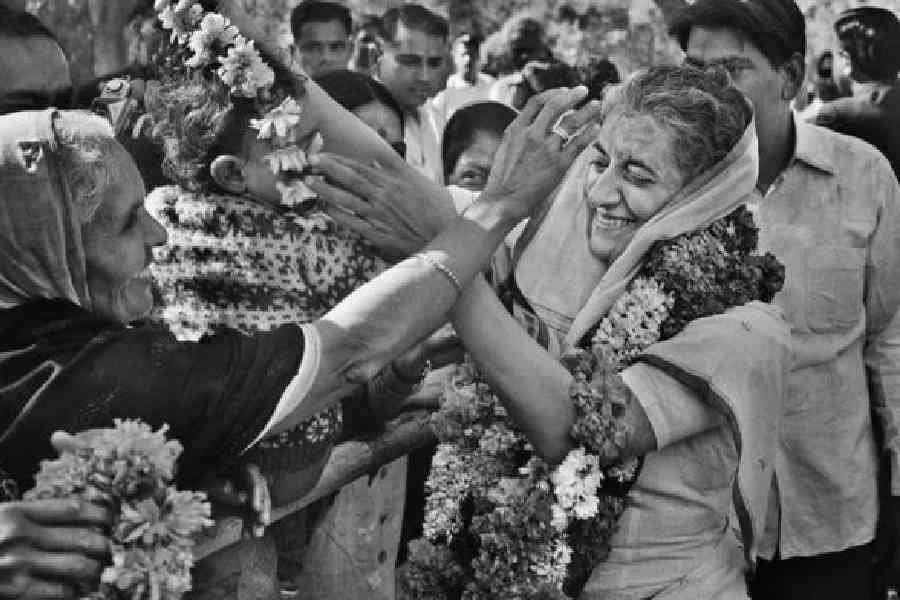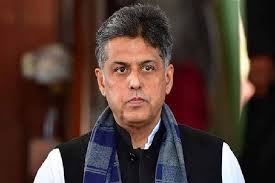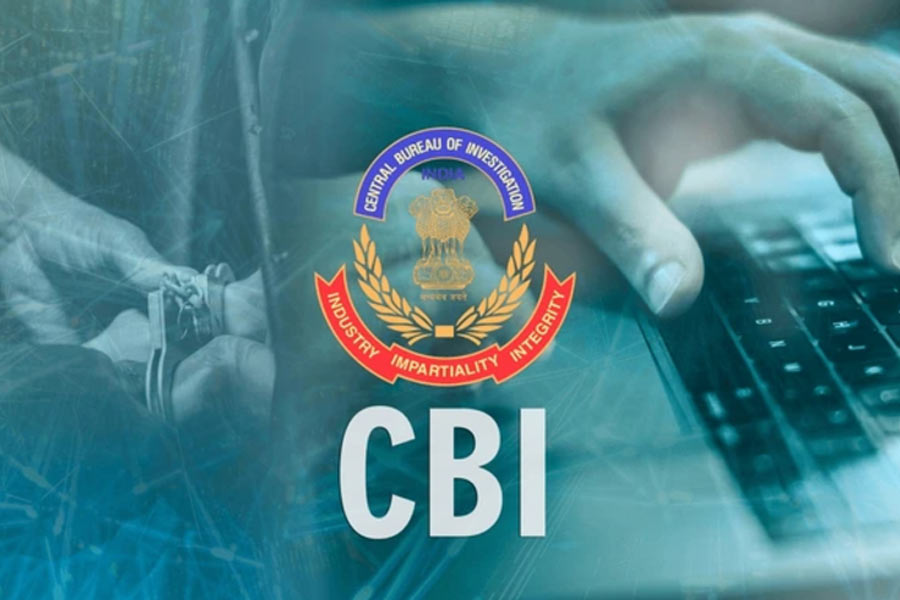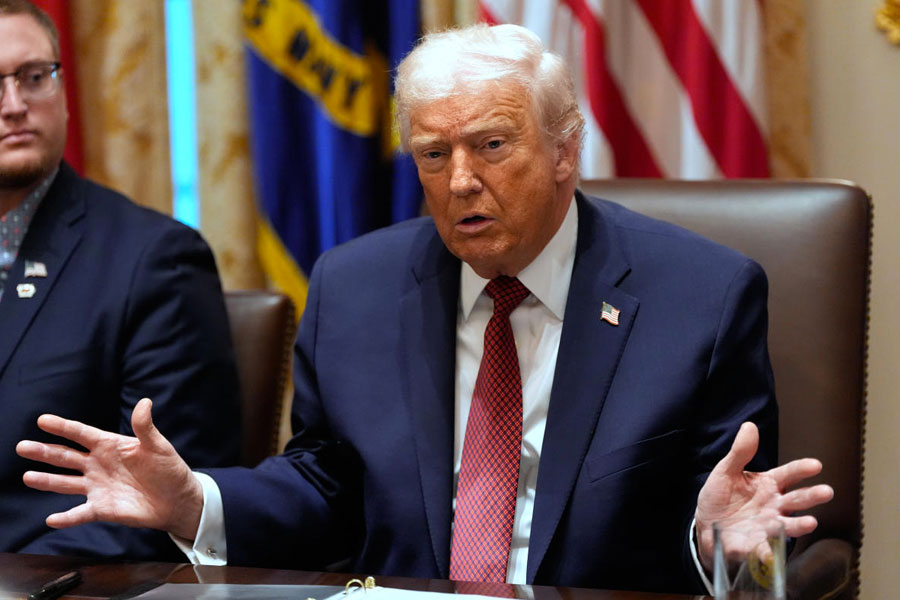Book name: INDIRA GANDHI AND THE YEARS THAT TRANSFORMED INDIA
Author: Srinath Raghavan
Published by: Allen Lane
Price: Rs 899
Srinath Raghavan’s book is a major and masterly contribution to the study of a period of almost two decades (1966-1984) during which, except for three years, Indira Gandhi controlled India’s destiny. In these years, as Raghavan delineates, the country witnessed social change fundamentally impacting its politics; economic distress and some upward movement, especially in agriculture; ideological, ethnic, regional and communal unrest, often violent; and the trauma of a dubiously-imposed internal Emergency. The era also redefined India’s institutional structures and the balance among the three organs of the State — the executive gained enormous power over Parliament and the judiciary but yet could not undermine the latter’s decision that the Constitution had a ‘basic structure’ immune from Parliament’s power of amendment. Externally, these twenty years of a worldwide Cold War required India to navigate its impact on its neighbourhood and on the wider world. During these years, Indira Gandhi also reshaped South Asia’s geography. That constitutes an unparalleled achievement.
Indira Gandhi stood in the middle of this tapestry of Indian life as it went through turmoil and change. The ‘transformations’ were an interplay between forces and factors that confronted her and how she dealt with them. At the same time, some of the ‘transformations’ were caused by her own policies, actions, emotions, insecurities, ideological predilections and desire for power. Seldom have these interactive processes been captured as succinctly as Raghavan has in his fluent work. Some readers may wish that he had dwelt more on some aspects of the period even if it meant a longer book. However, there is no major event or individual of these years that he has not covered. Other scholars, using his methods, can now examine specific developments of this period.
Raghavan shows that Indira Gandhi actively sought the prime minister’s job at the untimely death of Lal Bahadur Shastri in January 1966. He covers known ground at what contributed to the Congress Party bosses choosing her over Morarji Desai. She took office at a time of drought that had pushed the country towards a ‘ship to mouth’ existence. That compelled her to accept America’s economic pressures, including the devaluation of the rupee. The results of the 1967 elections demonstrated the power of the upwardly mobile middle castes and also led to a crisis in the Congress. When the party bosses decided to throw her out, she split it. In the process, she positioned herself as the champion of the masses. She abolished the princely order and nationalised banks — a move which had profound and largely positive economic and social consequences. She felt strong enough to call for elections in 1971 — a year ahead of schedule — and won it handsomely.
Raghavan deals well with the challenge posed by developments in Pakistan and how Indira Gandhi overcame them, leading to the creation of Bangladesh. His brief assessment of her thinking in Shimla in 1972 is correct. Thereafter, he examines the internal economic and political challenges that confronted Indira Gandhi. The latter led to her acquiring a firmer grip over the country but the former created grave consequences compounded by external factors. With a failing economy feeding agitations, Indira Gandhi chose to increase State control over commercial activity and manufacturing. This led to disastrous results. It compelled Jayaprakash Narayan to come into public life after a long hibernation and raise social and political temperatures. These reached fever pitch as Indira Gandhi’s 1971 election was declared illegal by the Allahabad High Court in June 1975. Raghavan gives a good account of the developments which led to Indira Gandhi imposing an Emergency through a pliant president.
The chapters on the Emergency and its aftermath, which showed how the motley group of parties — ideologically different, led by ambitious old men all aiming at the prime minister’s chair making her return possible — cover well-trodden territory. The role played by Sanjay Gandhi and his acolytes is also dealt with. Where Raghavan excels is in keeping Indira Gandhi at the centre but contextualising her work and fate within the larger social and political movements that were making India different from what it was in the past.
Her return to office and the armed challenges to the Indian State in Assam, Jammu and Kashmir and, above all, in Punjab kept Indira Gandhi occupied. What Raghavan could have examined is the debilitating impact of Sanjay Gandhi’s death on her capacity to act. This was especially so as she relied on him and he was her heir-apparent. Rajiv Gandhi, who took his place, had neither Sanjay’s political ruthlessness nor his skills. It was the way Indira Gandhi dealt with Punjab that led to her assassination.
Scholars and general readers owe a debt to Raghavan for writing brilliantly on a fascinating but deeply troubling period in India’s national life, one which casts a shadow on the present too.










